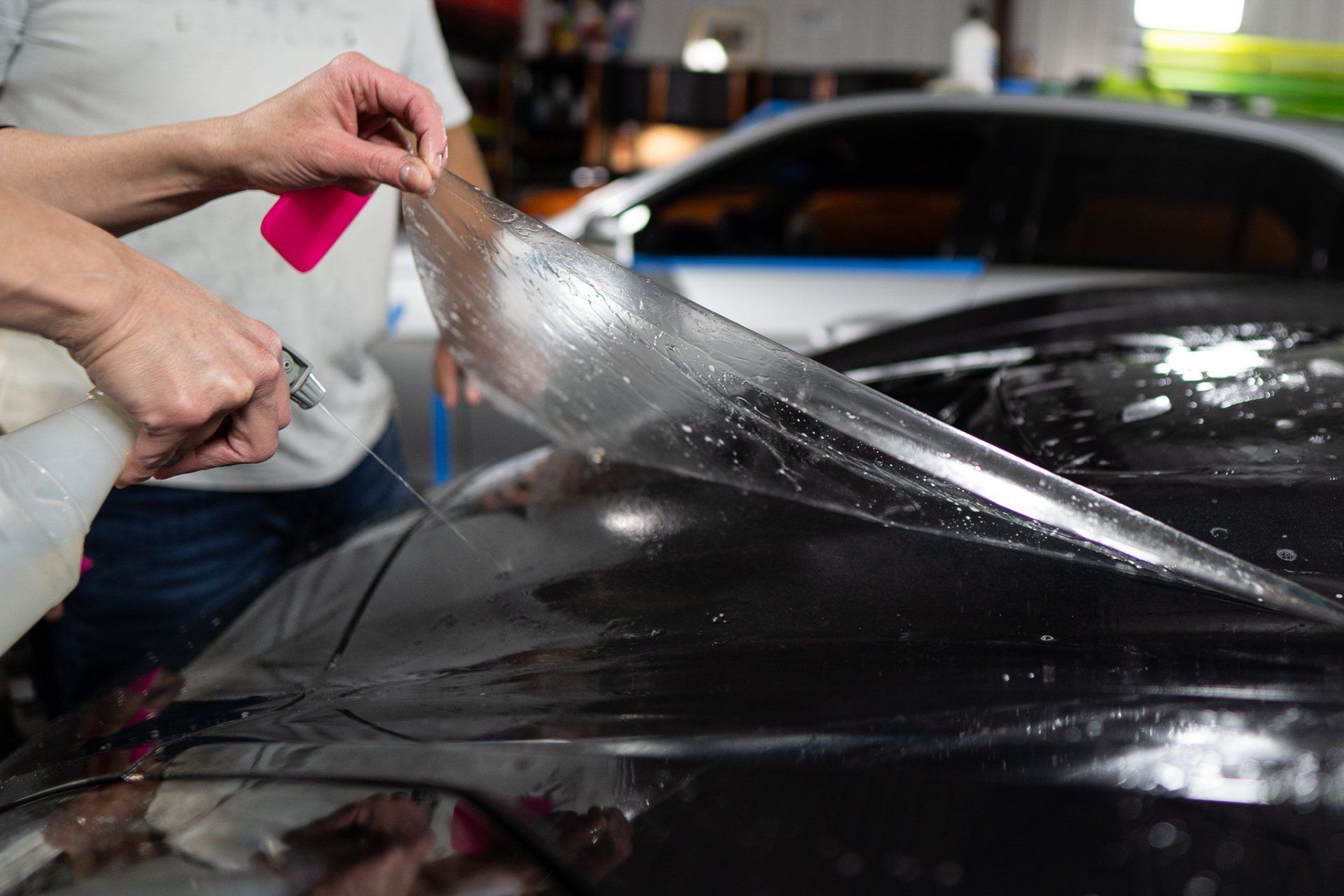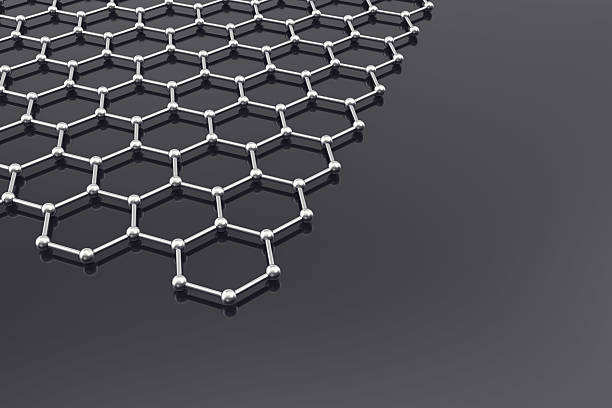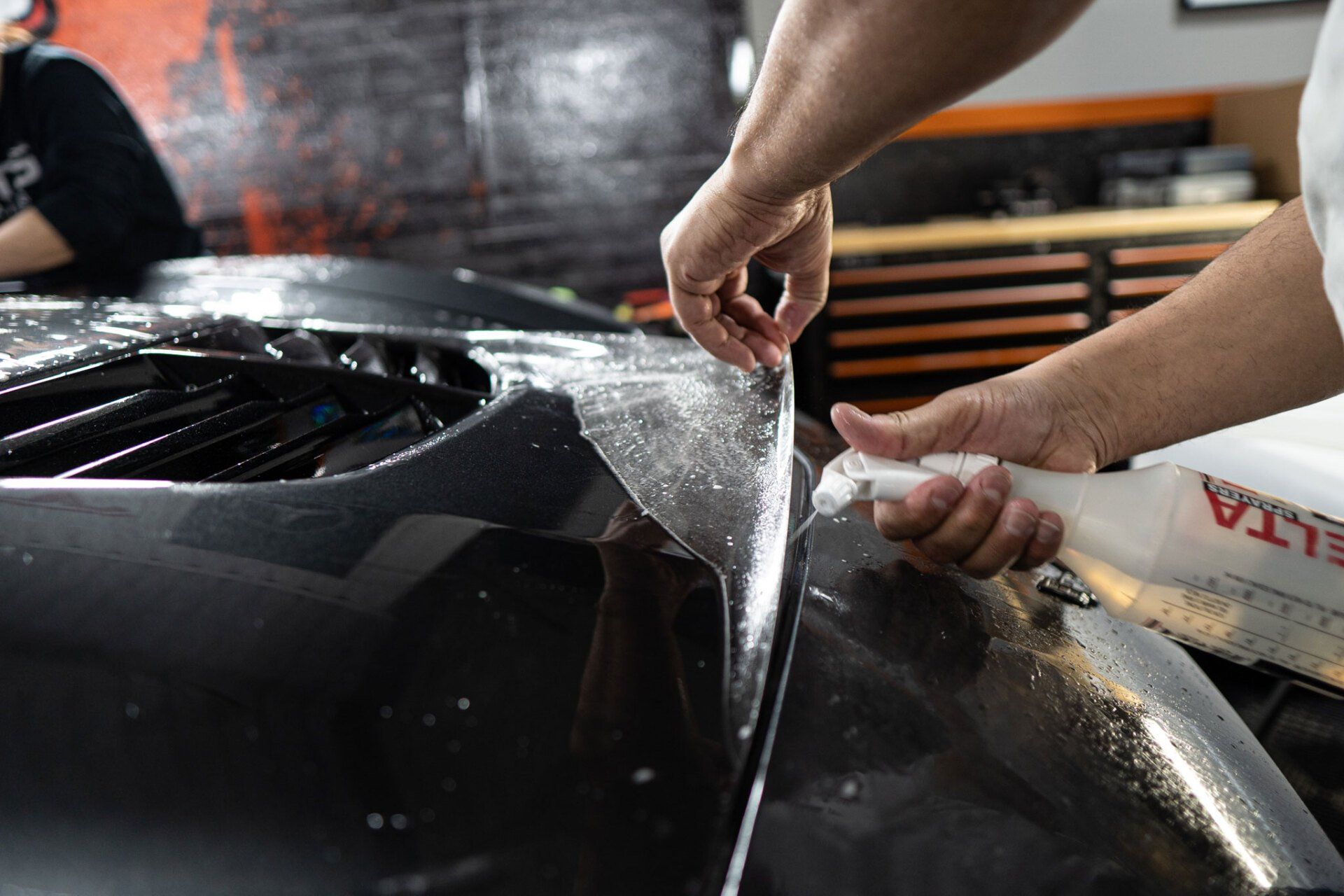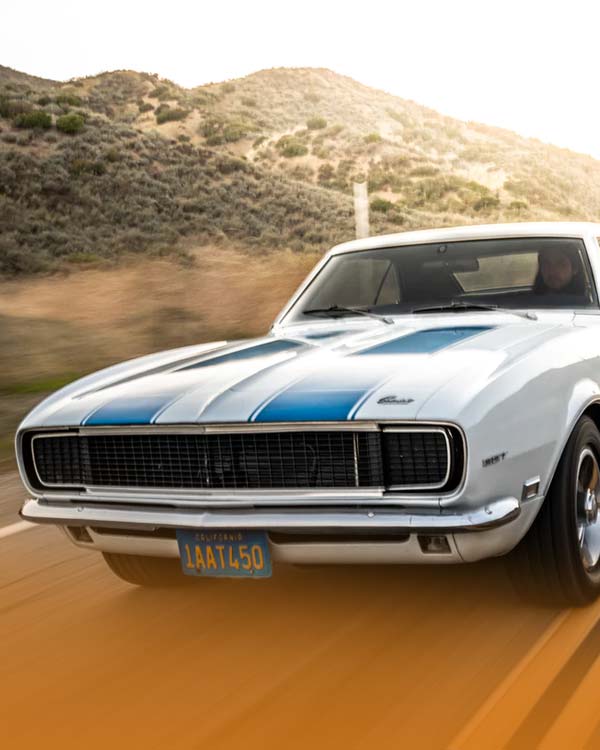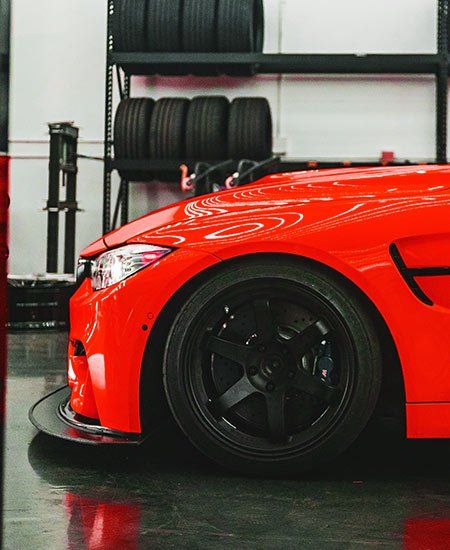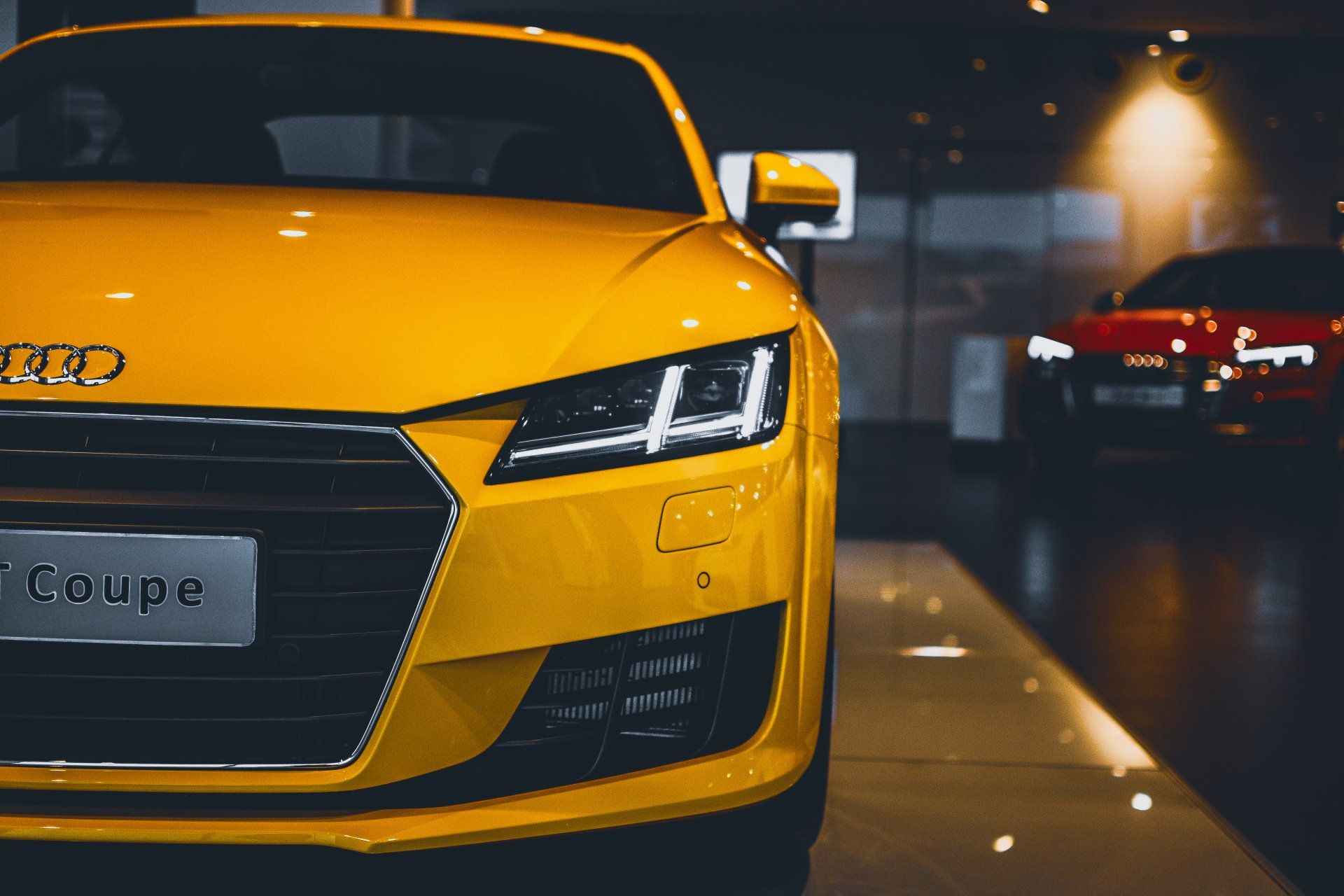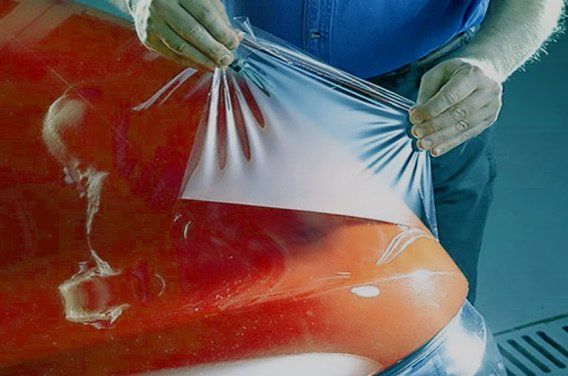How To Wash Car After Ceramic Coating - Step-by-Step Guide
Are you ready to up your car care game? Having a great ceramic coating on your car can make a significant difference in how it looks and feels, and you want to keep that luster for as long as possible by properly washing it. However, how you wash your car after the ceramic coating is different. Before you lather, rinse, and repeat, there are specific steps you have to take to make sure your vehicle gets the proper care it needs. In this blog post, we'll provide a step-by-step guide on how to wash your car after ceramic coating, from what supplies and products you need to the actual car-washing techniques. So, roll up your sleeves, grab those cleaning supplies, and let's get to work!
What is Ceramic Coating?
Ceramic coating is an advanced paint protection solution that significantly boosts the gloss and vibrancy of a car's exterior. It involves applying a layer of ceramic-based liquid paint protection to the car's body. The result is a strong, long-lasting sealant that repels dirt, water, and UV rays while enhancing the vehicle's visual appeal.
Though ceramic coating has become increasingly popular in recent years due to its many benefits, it also has some drawbacks. For instance, it can be quite expensive and time-consuming to install. Furthermore, it won't work if applied over an area with existing damage as they could affect the overall results.
Ultimately, anyone considering ceramic coating should thoroughly research their options and weigh the pros and cons based on their needs before deciding.
That being said, once your vehicle is coated with ceramic sealant, it's essential to understand correctly how to maintain it for optimal performance and longevity. You'll need to understand the basics of proper car care after applying a ceramic coating to do this effectively. With that in mind, we can now discuss the step-by-step
detailing procedure for washing your car after the ceramic coating application.
Step-by-Step Detailing Procedure for Washing Car After Ceramic Coating
When it comes to taking care of your car after ceramic coating, a detailed approach is essential. Before washing your car, be sure you have the right equipment and cleaning supplies. This includes a specialty ceramic coating-specific soap, two buckets, microfiber towels, and a spray bottle filled with water. Use clean microfiber towels and fresh water each time you wash the car for the best results.
Begin by rinsing the entire car with clear water to remove dirt and debris. Next, start from the top and work your way down, applying the cleaner or soap in straight lines and rubbing it into the paint with a microfiber towel covered in soapy water. Make sure not to let any soap dry onto the paint's surface. Afterward, use clean water in your spray bottle to rinse off any soap residue before drying the car with another clean microfiber towel. Finally, wax or polish your vehicle's finish for added protection against environmental elements.
A consistent and thorough approach to washing your car after its ceramic coatings have been applied can help keep your vehicle looking new for years. But it's also essential to pay close attention to areas that require more care, such as hoods and deck lids – they often collect dust and debris quicker due to their size and shape. A successful ceramic coating maintenance regimen starts with understanding how to properly clean those areas, which will be explored more closely in our next section.
- According to a recent study, using ceramic coatings for automobiles can extend the lifespan of paintwork by about five years.
- Researchers at the University of Michigan have found that regular application of ceramic coatings can reduce surface scratches and etching by up to 75%.
- Research from The International Carwash Association suggests that coats as thin as 1 micron (a thousandth of a millimeter) can retain their hydrophobic properties for up to two years.
Cleaning the Hood Area
Cleaning the hood area is integral to maintaining a car's appearance and prolonging its life. This step is essential for vehicles with ceramic coating, as many coating products are applied to the car's hood area first due to the larger surface area on that part of the car. The approach for cleaning the hood area depends mainly on the type of contamination present on the surface. For example, wheels and rims can be cleaned using regular soap, water, and a microfiber cloth. Still, dirt, grime, and other contaminants like bug splatter may require more specialized tools and cleaners depending on the materials used in their construction.
When tackling harsh contaminants, some automotive enthusiasts use solvents or acid solutions. Though these can be effective for removing stubborn contaminates, their abrasive nature can potentially damage delicate paintwork or coatings if not used correctly. As such, it's essential to thoroughly research any cleaner before applying it to avoid any unnecessary damage. It's also necessary to ensure all surfaces have been thoroughly dried off before moving on to the next step to ensure no residue or contaminants are left behind in the hood area. With this in mind, let's move on to cleaning up those surfaces by applying solvents and other acid solutions.
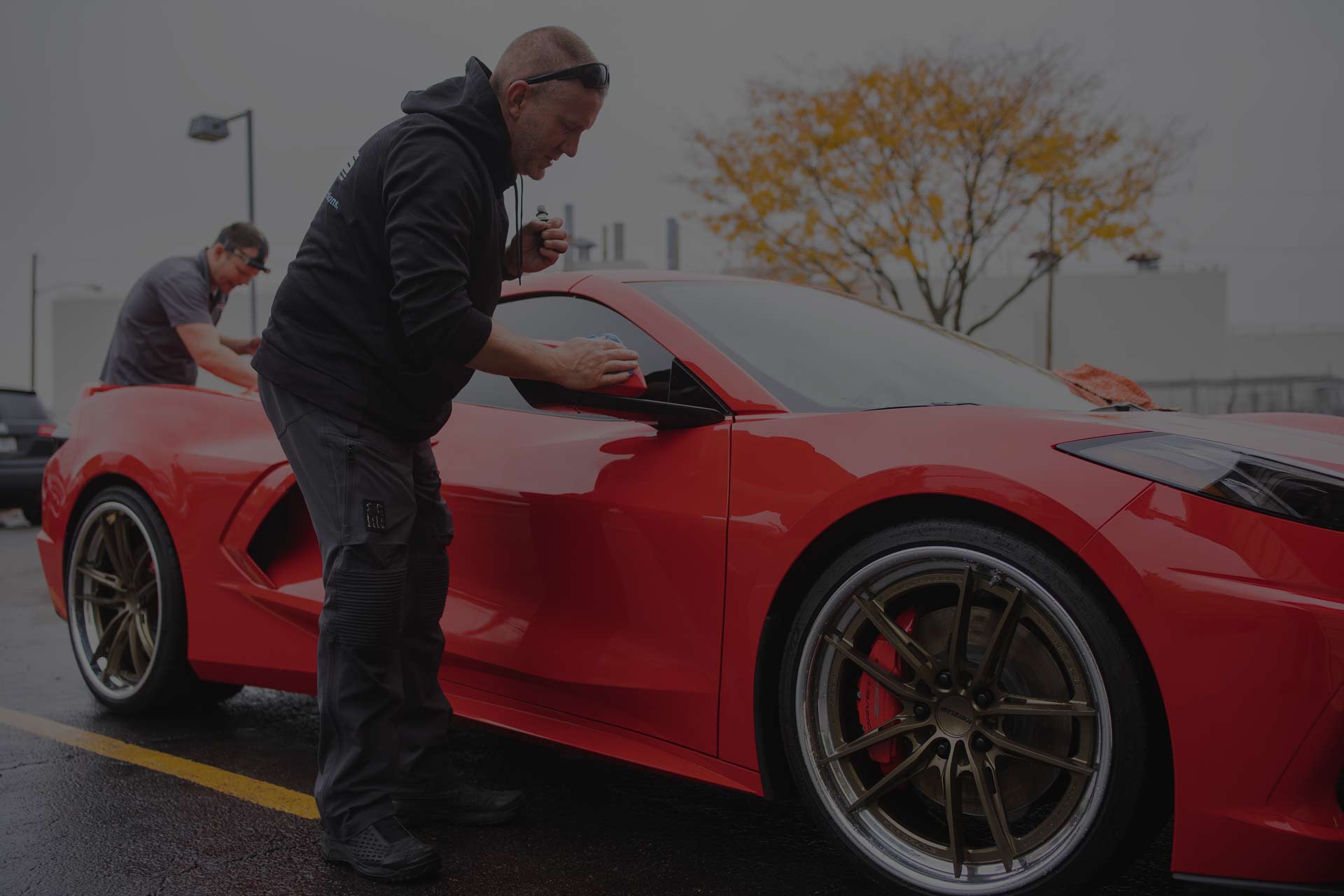
Applying Solvents and Acid Solutions to Clean the Surfaces
the hood area has been cleaned, it's time to tackle more difficult stains on your car's surfaces. Solvents and acid solutions are often necessary to break down and remove these unsightly blemishes. Many professionals advocate for using solvents and acids as they tend to be fast-acting and efficient at quickly removing tougher build-up on the car's surface. However, you must follow the manufacturer's instructions carefully when using these products, as they can damage your paint finish if not applied correctly. Additionally, make sure that you wear protective gloves and eye protection when applying these solutions.
A simple detergent solution should be enough to remove mild staining. Still, you may need more aggressive options such as mineral spirits or chemical cleansers like TSP (trisodium phosphate) for deeper staining. Petroleum-based solvents may be the best option for even tougher deposits like those from tree sap. When using any solvent or acid solution, rinse off with plenty of water after application.
Now that your car is free from stubborn stains, it's time to move on to the next step in cleaning your car after ceramic coating: clay bar detailing. This will help ensure that any excess product applied during coating has been removed before waxing, thus helping maintain the overall shine of your car's finish.
Using Clay to Remove Excess Products Applied During Coating
Using clay is an important step in washing your car after a ceramic coating. Clay will help eliminate any excess product that may have been applied during the coating process, providing a smooth and clean surface. Some suggest skipping this step or replacing it with lighter abrasive products like polishes and waxes. However, to ensure the complete removal of any elements that could impede the long-term performance of your ceramic coating, it is recommended to use a clay bar specifically designed for cars.
Unlike polishes and waxes that require multiple steps to buff out the area, all you need to do with a clay bar is glide it across any potentially contaminated surfaces. The clay will remove dirt, debris, and particles in one pass, leaving you with a scratch-free and smooth finish. For additional protection against future contamination, apply a wax or sealant over the top of the newly clayed surface.
Now that we've explored the benefits of using a clay bar after applying a ceramic coating and successfully removing any excess product, we must take our post-wash care and quality control process one step further.
Post-Wash Care and Quality Control
Post-wash care and quality control are vital components of successful car maintenance after ceramic coating. Once your car has been washed, dried, and detailed for the first time, it's important to ensure that proper post-wash care is followed. Quality control should also be considered to make sure that no additional contaminants or elements have been left behind on the protective layer applied during the coating process.
Finally, it's important to remember that while post-wash care and quality control are essential components following a ceramic coat application, it's equally important to rinse the car before drying with a towel. This will help prevent any particles which have been removed during washing or detailing from being trapped between the surface of the paintwork and toweling material, thus potentially causing micro scratches when trying to dry off damp surfaces. With proper attention to each step, you can keep your car safe from potential damage and maintain its newly protected exterior for years.
Rinse Out the Car and Dry it with a Towel.
Once you have ensured that your car has been washed and cleaned correctly, it's time to rinse it; using clean, filtered water for this step is especially important for ceramic coating maintenance. Use broad, gentle sweeps of water moving from the top of the car to the bottom to flush away any leftover dirt or debris. After rinsing, it's best to dry the car off with a towel. Microfiber towels are best to avoid lingering lint and other small particles on your clean car.
In conclusion, carefully rinsing your car with clean, filtered water and drying it off with a quality microfiber cloth can have many benefits when applied properly. However, taking extra care in this step is critical to maintaining the appearance of your ceramic coating and ensuring that it retains its superior protection qualities over time.
Thank you for reading our blog post on how to wash your car after ceramic coating. If you're interested in ceramic coating or other services, turn to the experts at
Vehicle Enhancement Inc. Our team has years of experience in the industry and can provide you with a customized solution that fits your unique needs and budget. So call us today at (937) 296-0328 to
schedule an appointment or learn more about our services.
We look forward to helping you enhance the look and performance of your vehicle!
